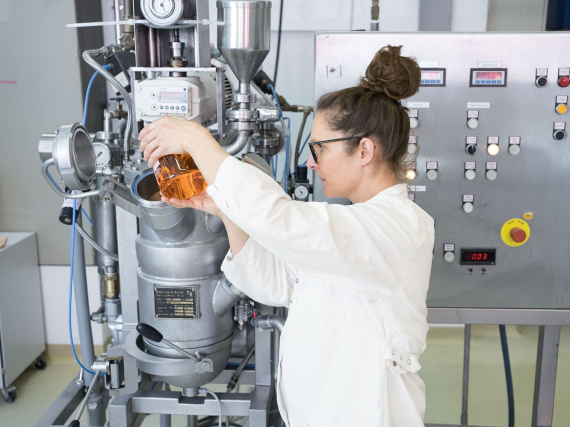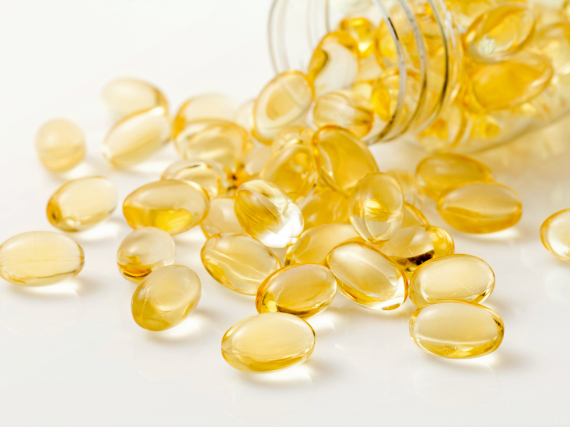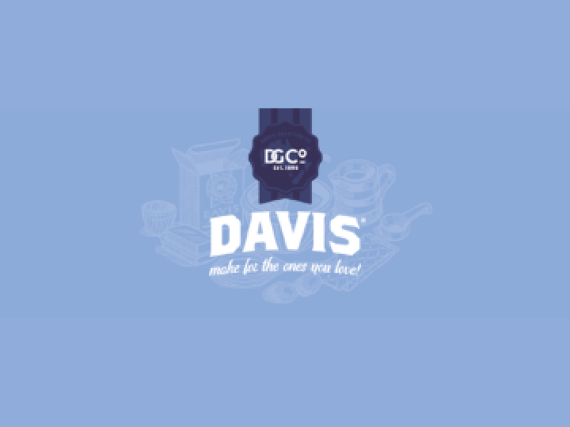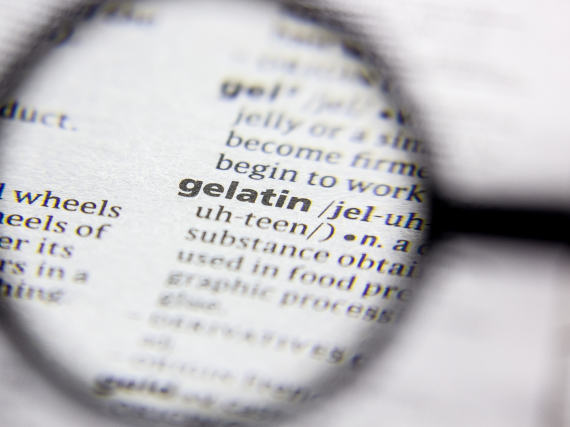From firm to creamy to fluffy – the importance of food texture is often overlooked. But good taste alone does not make a perfect product. Siegfried Brenneis is a master baker and confectioner and has been captain of the German national bakery team since 2010. He knows for sure that the texture of cakes and other sweet bakery treats is crucial.
Take whipped cream: before it can be added to a cake or pie filling, it must be stabilized – otherwise the filling may collapse or the cake may become too soggy or moist. It is important that the whipped cream has a particular texture: creamy, but with a certain firmness so that the cake or filling stays in shape. Many amateur bakers and pastry chefs alike regularly face this challenge. The solution? Stabilization with leaf gelatin.
“My favorite way to use leaf gelatin is in a Black Forest cake,” says Brenneis. “The taste of cherries, dark chocolate sponge and cream flavored with kirsch come together, and I find that interesting. I use gelatin to keep the cream stiff.”
Just like complicated cake recipes, fruit-cream slices are more successful with a little help from gelatin. However, the master confectioner has a word of caution: “Some fresh fruits, such as pineapple and kiwi, are not compatible with gelatin. The protein-splitting enzymes or proteases in these fruits damage the structure of the gelatin and prevent it from gelling. Heating or blanching the fruit destroys these enzymes so they no longer harm the gelatin, but if you want to make things easier, use canned fruits. Other fruits with protein-splitting enzymes include fig, mango and papaya.”
Like Siegfried Brenneis, most confectioners today use gelatin in leaf form. It has one major advantage over gelatin powder: handling. Dosing powdered gelatin can be challenging because you need to calculate exactly how much powder should be added to how much liquid. This problem doesn’t exist with leaf gelatin, however, because the individual leaves are standardized. This means that each one delivers exactly the same gelling power: All you have to do is count out the required quantity of leaves. Processing itself is child’s play too: First, soak the gelatin leaves in cold water. Then squeeze out the excess moisture. And finally, add the gelatin to other ingredients and stir until it dissolves. 1, 2, 3 – it’s as easy at that.
Want to know more? Don’t hesitate to get in touch with our technical experts today!






